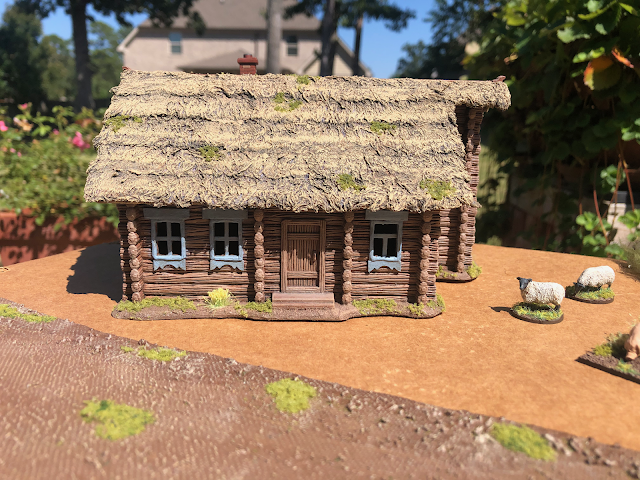Scenes from Barbarossa | Chain of Command

Met with some people I haven't gotten a chance to game with in a bit and got in two games of Chain of Command set in June or July of 1941, with German motorcycle troops advancing on a Soviet village. No full battle report for this one, but I did take some photos here and there. We played Big CoC rules with two-squad platoons for the purposes of time, and that worked very well, I think. Our Soviet players had not played Soviets before in CoC, as I recall, so there was a bit of a learning curve, but it was good for teaching. I also got to field some of my newly painted models, like the Rubicon Panzer III E shown above, which is always nice. German troops advance on a stream crossing near a Soviet farming hut, wary of Bolsheviks hiding inside. As the firefight kicks off, the German light mortar fires at entrenched Soviets on the other side of the stream to soften them up. The arrival of German armor makes the Soviet position much less tenable. Soviets deploy in force, hoping to bury
